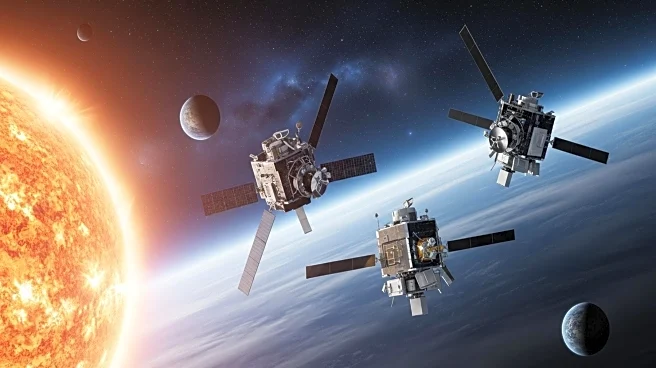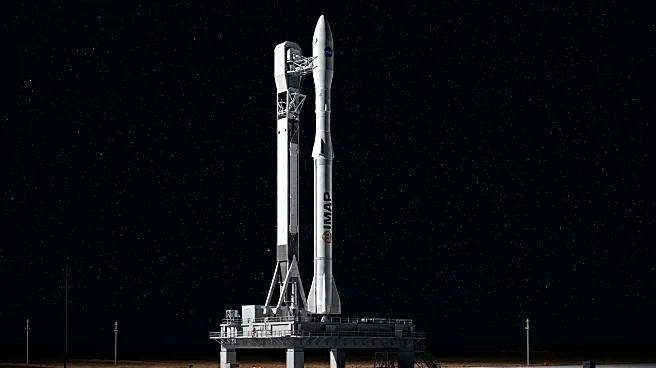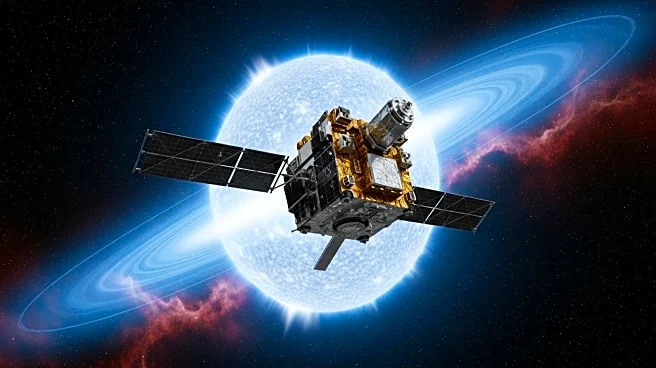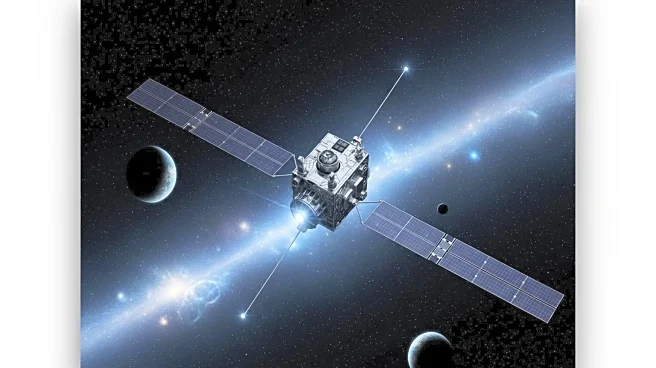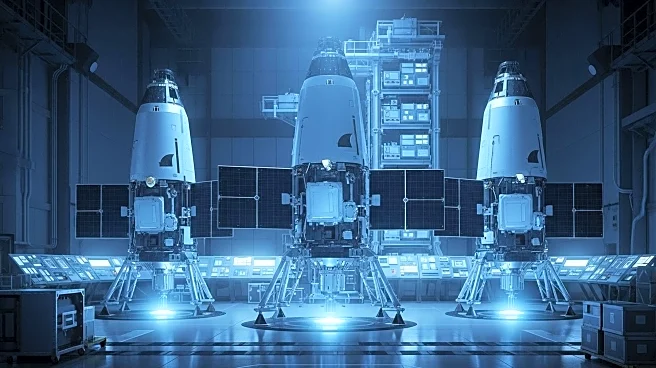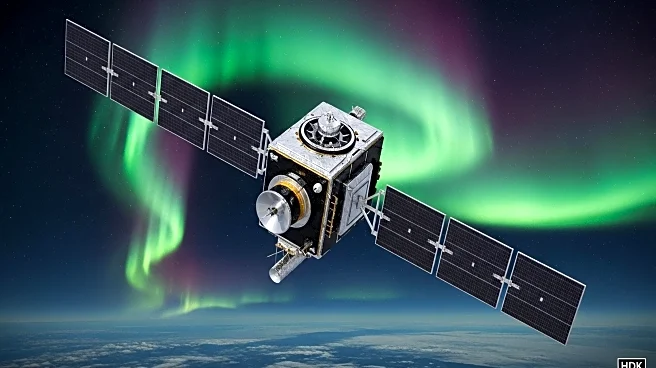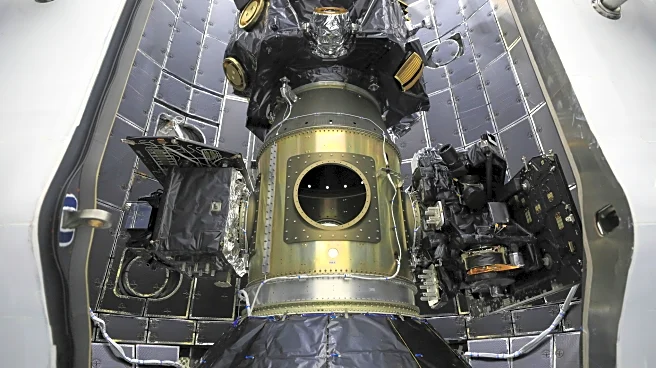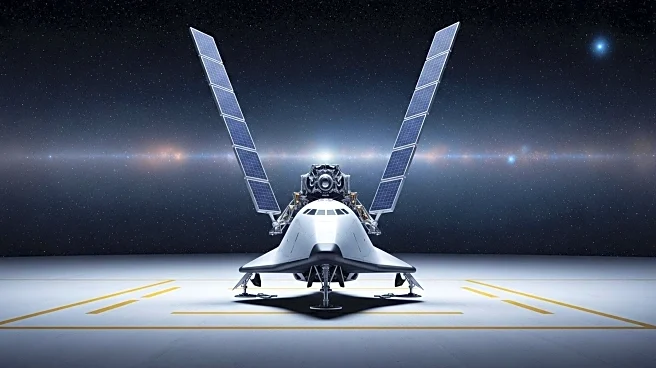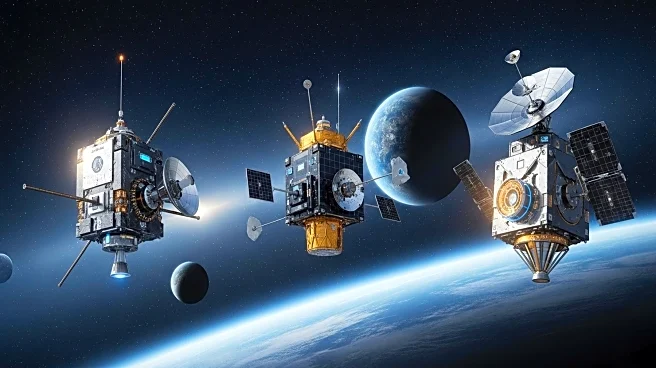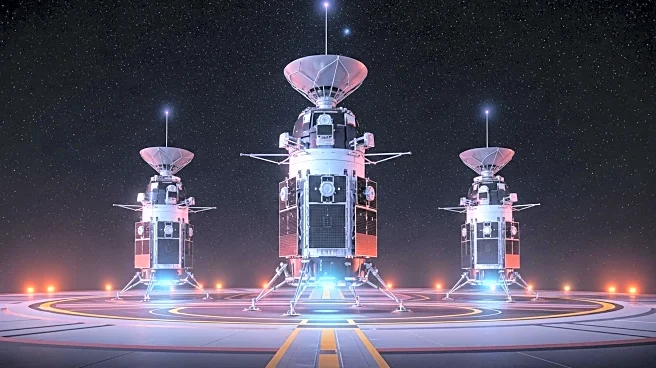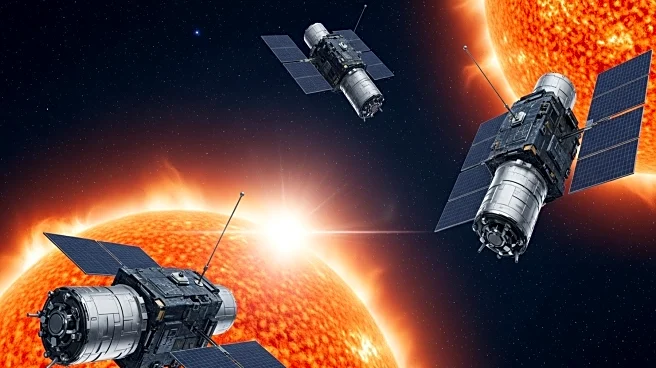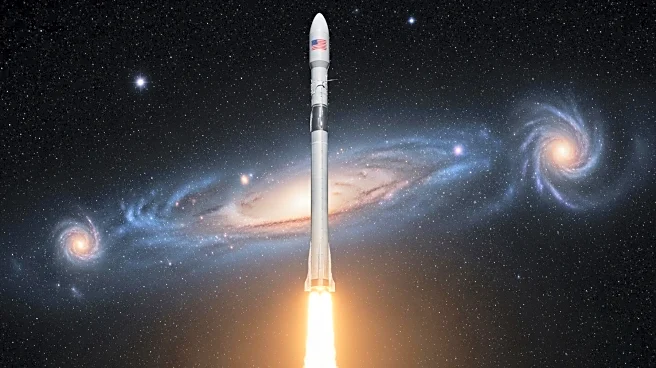What is the story about?
What's Happening?
SpaceX has launched three probes aboard a Falcon 9 rocket from NASA's Kennedy Space Center. The primary payload, NASA's Interstellar Mapping and Acceleration Probe (IMAP), will study the heliosphere and provide radiation warnings for astronauts. The other two probes, NASA's Carruthers Geocorona Observatory and NOAA's Space Weather Follow-on spacecraft, will analyze Earth's exosphere and track solar storms.
Why It's Important?
The mission aims to enhance our understanding of space weather and its effects on Earth, which is crucial for protecting satellites, astronauts, and infrastructure from solar storms. The data collected will help map the outer boundary of the heliosphere and improve safety measures for future space missions, including NASA's Artemis program.
What's Next?
The probes will travel to the sun-Earth Lagrange Point 1, a gravitationally stable spot, to conduct their observations. The mission's findings will contribute to the development of early warning systems for space weather events, ensuring the safety of astronauts and technology in space.
Beyond the Headlines
The collaboration between NASA, NOAA, and SpaceX highlights the importance of partnerships in advancing space exploration and understanding cosmic phenomena. The mission could lead to breakthroughs in space weather prediction and protection strategies.
AI Generated Content
Do you find this article useful?
